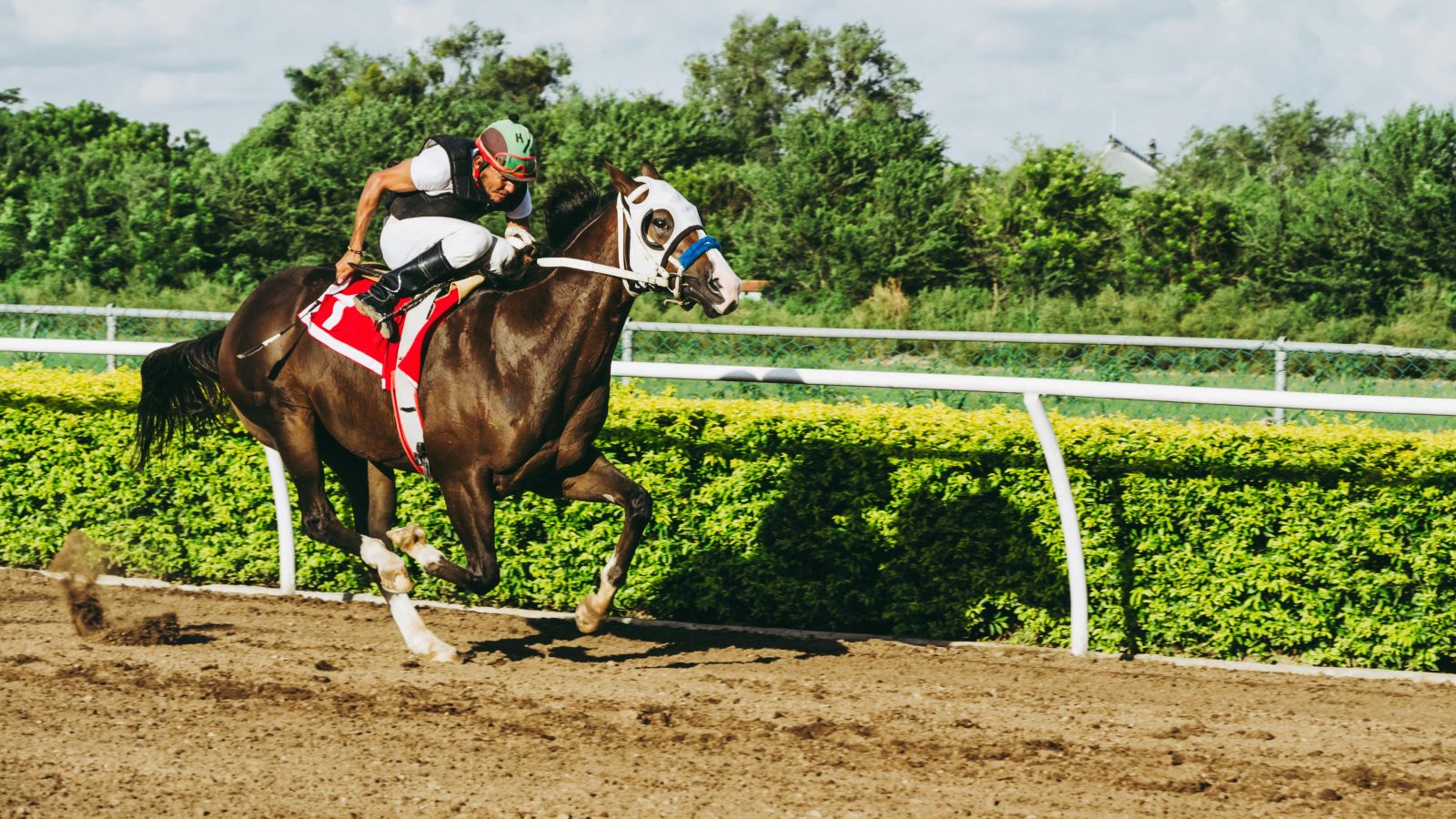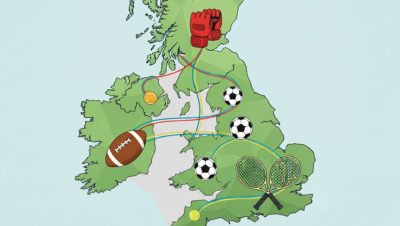Features / Advertising Feature
Horse Racing Betting: How to Analyse Track Conditions and Jockey Performance
Horse racing is one of the most intricate betting markets, where success depends on understanding various factors beyond a horse’s past wins and losses. While many bettors focus primarily on form guides and recent race results, two key elements that significantly influence outcomes are track conditions and jockey performance. These factors can determine whether a horse performs at its peak or struggles under race-day conditions. To maximize potential returns, always look for best odds for sports betting and make informed wagers based on in-depth analysis.
Analyzing track surfaces, weather conditions, and jockey effectiveness can provide bettors with valuable insights and improve betting accuracy. A horse that excels on a firm track may struggle when conditions are wet, just as a skilled jockey can maneuver a horse through difficult situations, increasing its chances of a strong finish. By focusing on these details, bettors can make more informed selections and maximize their winning potential.
The surface on which a race is run plays a fundamental role in determining a horse’s performance. Races take place on dirt, turf, or synthetic tracks, and each surface has distinct characteristics that affect different horses in different ways. Dirt tracks tend to favor speed horses that break quickly, as the surface becomes compacted and creates momentum for front-runners. However, if the track is wet or muddy, conditions can become unpredictable, sometimes benefiting horses with previous success in similar circumstances.
is needed now More than ever
Turf tracks, in contrast, often suit horses with strong stamina and closing speed. The softer ground allows for a different style of racing, often producing closer finishes as late-running horses have an opportunity to make up ground. Turf conditions also change significantly depending on weather, with firmer turf producing faster races, while softer conditions create a stamina test that benefits certain running styles. Synthetic tracks, found at many modern racecourses, attempt to balance both elements by offering a more uniform racing surface, reducing the extreme advantages seen on dirt or turf. However, horses that excel on one surface may struggle when switching to another, making surface preference a critical aspect of race analysis.
Weather also plays a crucial role in altering track conditions. Rain can turn a fast dirt track into a deep, testing surface that requires greater endurance, while heavy turf conditions make it harder for speed horses to maintain their pace. Similarly, strong winds can influence race strategies, making it difficult for front-runners to sustain their position and giving an advantage to horses running with cover in the pack. Bettors who track weather forecasts and study how horses have performed under similar conditions in the past can gain a significant edge.
While horses are the primary focus in betting analysis, jockeys play an equally important role in race outcomes.
A top jockey not only guides a horse through a race but also makes split-second decisions on positioning, pace control, and race tactics, which can be the difference between victory and defeat.
A strong jockey can maximize a horse’s potential, while an inexperienced or less skilled rider may struggle to get the best out of even a talented runner.
One of the most important aspects of jockey analysis is their win percentage and consistency at a particular track. Some jockeys excel at specific racecourses due to their familiarity with track conditions, layout, and strategic quirks. A jockey with a strong track record at a venue is often a trustworthy betting selection, particularly if they are riding a well-matched horse.
How to Combine Track and Jockey Analysis for Better Bets
The key to successful horse racing betting lies in combining track conditions and jockey performance to form a well-rounded assessment of each race. A horse that has consistently performed well on a certain surface is always a strong contender, but if it is paired with a jockey who has struggled at the venue or distance, caution is required. For those looking to refine their wagering strategies, expert tips for betting in Ireland can provide valuable insights to make more informed decisions. Similarly, a top jockey can sometimes compensate for a horse’s minor weaknesses, particularly in competitive fields where race tactics can make a crucial difference.
One effective strategy is to study past races with similar conditions to identify horses and jockeys who have previously excelled under comparable circumstances. For example, if a horse has won multiple races on soft turf with the same jockey on board, and similar conditions are expected, it becomes a high-value betting selection. On the other hand, if a horse is moving from a fast dirt track to a wet turf surface and is ridden by a jockey with little experience in those conditions, it may be a riskier bet than its odds suggest.
Another useful approach is to monitor odds movement in the lead-up to a race. If a well-regarded jockey is booked for a horse and odds shorten dramatically, it could indicate strong confidence from insiders and professional bettors. However, if odds drift despite favorable conditions, it may suggest concerns about the horse’s fitness or readiness to compete.
 Our newsletters emailed directly to you
Our newsletters emailed directly to you




















